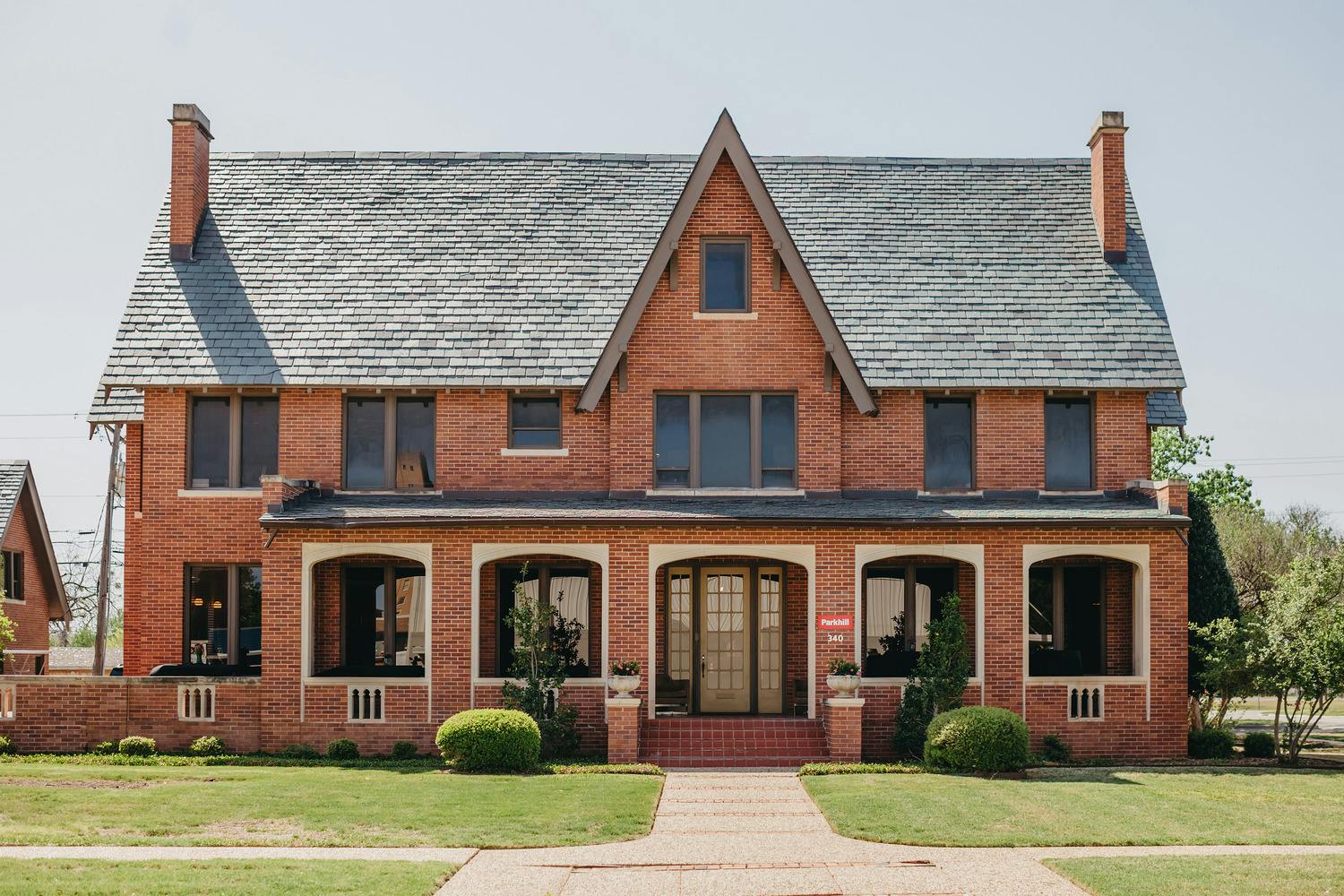Indoor Environmental Quality and COVID-19
Category: Engineering
Written By: Kristen West
Date: June 17, 2020

“Architects and engineers play a critical role in fighting not only this pandemic but future pandemics as well,” said Jared Higgins, PE, principal and mechanical engineer with Parkhill. In the United States, the average person spends about 90% of their time indoors. To put that into perspective, Richard Corsi, Ph.D., PE, dean of the Maseeh College of Engineering and Computer Science at Portland State University, stated that “Americans spend more time inside buildings than some whale species spend underwater.”
Since the COVID-19 pandemic forced many people to shelter in place and work from home, this statistic has only increased. Higgins recently wrote a white paper to bring to light ways people can better protect their communities while staying indoors. The white paper, titled “COVID-19 and IEQ in the Built Environment,” discusses the measurable impact buildings can have on their occupants’ health.
As Parkhill, like many businesses in the country, are strategizing ways to return to work safely, Higgins’s white paper, and others like it, will help decision-makers plan for their future.
“As the world begins to ease restrictions for working from home and large crowds are allowed to gather,” Higgins said, “increased importance will be placed on indoor environmental quality.”
So, how can indoor environmental quality control limit the transmission of communicable diseases? The World Health Organization confirmed that COVID-19 is a communicable disease, meaning it can spread from person to person, often when a person who has the disease coughs, sneezes, exhales or otherwise releases infected droplets. These droplets can remain airborne and active for up to three hours in indoor air.
In the white paper, Higgins cites an article from Dr. Joseph Allen, director of the Healthy Buildings program at Harvard T.H. Chan School of Public Health. Dr. Allen said, “In 1974, a young girl with measles went to school in upstate New York. Even though 97 percent of her fellow students had been vaccinated, 28 ended up contracting the disease.” Why?
“Studies have shown,” said Higgins, “that poorly ventilated areas can be responsible for transmitting a virus.” Higgins cites other stories similar to this to demonstrate the long-documented effect of air quality and environmental controls on communicable diseases like COVID-19.
There are several environmental controls, Higgins discusses, to control the spread of COVID-19, including controlling building humidification, using Ultraviolet Germicidal Irradiation (UVGI), modifying air filtration and purification systems, and more.
“While several strategies can optimize indoor environmental conditions to reduce virus transmission, it can be a daunting task to determine the best path forward,” Higgins said. “A proactive first step is to have a risk assessment performed.”
A risk assessment could identify factors that are likely to impact the transmission of viruses, including the systems that introduce fresh air into the building, the amount of fresh air being introduced, and how the air is conditioned. Assessing filtration capabilities and the use of UVGI lights, air scrubbers or humidifiers could impact the strategy moving forward.
The role of architects and engineers expands beyond building design.
“It is crucial that we work to educate the public about materials and technologies that make buildings healthy,” said Higgins. “Architects and engineers are the subject matter experts of the built environment, and it is up to design professionals to understand how to deliver healthy indoor spaces for everyone.”


